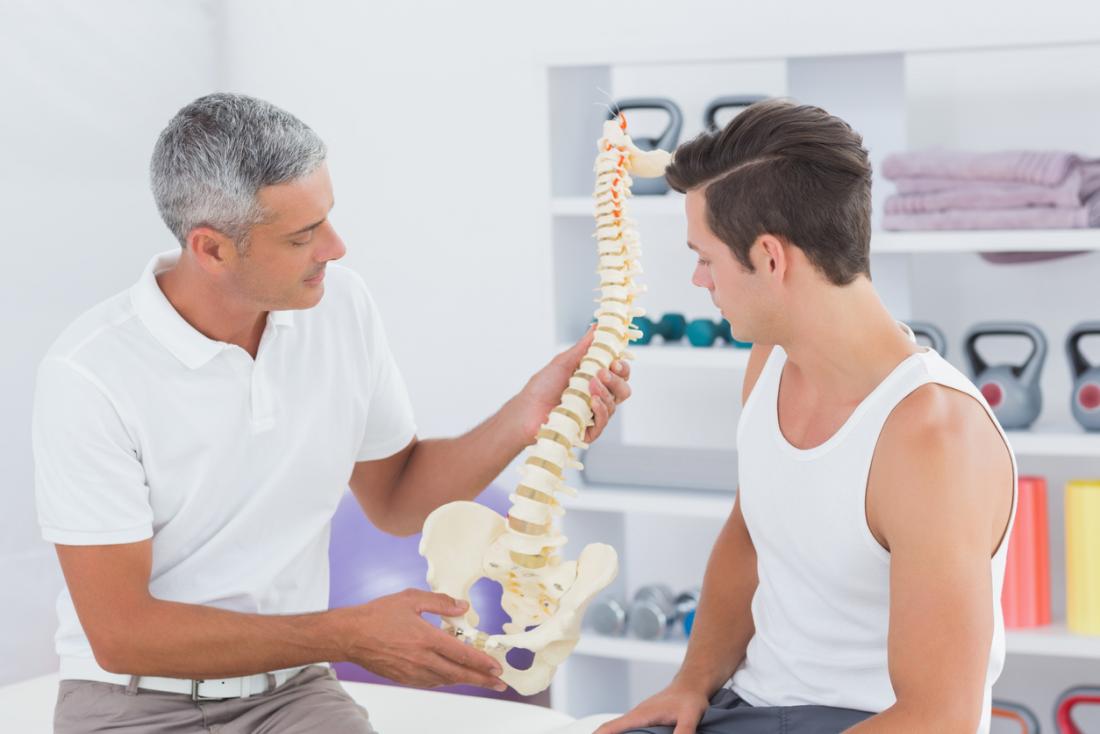
Best Osteopath in Melbourne
Best Osteopath in Melbourne


Dr Cameron Kealy
Osteopath
Dr Cameron Kealy is a leading Osteopath with over twenty years experience working in private practice.
Read More
He believes in the power of osteopathy to transform people’s experience of health and create a whole new normal in their lives.


Dr Kathryn Johns
Osteopath
Dr Kathryn Johns graduated from RMIT university in 2002, since graduating, Kate has worked in the osteopath
Read More
melbourne eastern suburbs in a variety of clinics ranging from fertility and pregnancy to sports and rehabilitation clinics. Kate co-founded Eastern Osteopathy in 2013 with her twin sister Elizabeth.

Dr Mariem Ikladious
Osteopath
Dr Mariem Ikladious is an Australian-based health professional. Mariem is trained as an Osteopath and
Read More
has 3 practices located in Melbourne, Croydon, Brunswick. Mariem uses holistic Osteopathic techniques coupled with dry needling in her treatment approach.

Dr Paul O’Keefe
Osteopath
Dr Paul O’Keefe has been practicing as an osteopath west melbourne for 14 years and has developed a
Read More
wealth of experience in assessing and treating a variety of aches and pains. Dr Paul is good osteopath melbourne. Paul’s focus is very much centered around educating his patients so they can develop the necessary skills to be able to address the specific cause of the problem.

Dr. Laura Chapman
Osteopath
Dr. Laura Chapman is a passionate and dedicated osteopath south melbourne, having vast experience working
Read More
in clinics in both Australia and the UK. Laura combines manual osteopathic medicine, dry needling and functional rehabilitation not only as a way to achieve effective pain relief, but to help promote injury prevention while improving individual performance and lifestyle. Dr. Laura is one of the best south melbourne osteopath.

Dr Ben McChesney
Osteopath
Dr Ben McChesney is Australian trained osteopath (RMIT 2002), and founder of Balance Osteopathy. His
Read More
background in progressive, movement oriented, multidisciplinary clinics fostered a desire to custom a similar space in osteopath Melbourne cbd.

Dr Danny Williams
Osteopath
Dr Danny Williams is passionate about providing a high quality and holistic approach to health care.
Read More
He limits the number of patients that he can see in a day to ensure that he provides each patient with the appropriate care and attention required for their particular situation.
108/9-11 Claremont St, South Yarra VIC 3141, Australia
(03) 9994 8754
www.southyarraosteopathy.com.au

Dr Andrew Atchison
Osteopath
Dr Andrew Atchison is a fully qualified, registered Osteopath and co-partner of Melbourne Osteopathic
Read More
Clinic. Andrew is passionate about the Osteopathic philosophy and has witnessed many positive outcomes by employing a hands-on approach to a wide range of dysfunctions.

Dr Edmund Bruce-Gardner
Osteopath
Dr Edmund Bruce-Gardner is passionate about providing a high quality and holistic approach to health
Read More
care. He limits the number of patients that he can see in a day to ensure that he provides each patient with the appropriate care and attention required for their particular situation.
If you find yourself to be in a situation where finding the best Melbourne Osteopath this. Below is a list of the top Osteopath in Melbourne. To help you find the best Osteopath Melbourne located near to you, we put together our own Melbourne Osteopath list based on patient reviews.
What is osteopathy?
In osteopathy, the therapist uses his hands to diagnose and treat patients. Osteopaths try to recognize and treat functional disorders in the body.
In contrast to other manual techniques, osteopathy is based on a philosophical concept that respects the individual as a whole. According to osteopathy, the musculoskeletal system, skull, spinal cord and organs are interrelated as a system and any blockages in this system can be released and the self-healing powers activated.
To understand the whole, it is important for the osteopath to have precise knowledge of anatomy, physiology and biomechanics. Because only in this way can he recognize connections and details that have led to illness or pain symptoms. During the treatment itself, the therapist tries to restore the body’s integrity and order and to activate its self-healing powers. Osteopathy is an independent, holistic form of medicine in which diagnosis and treatment are carried out with the hands. Osteopathy gets to the bottom of the causes of complaints and treats people in their entirety.
Where is osteopathy used?
In the case of disorders and pain in the musculoskeletal system , osteopathy shows good treatment results , as it takes the patient’s subjective well-being seriously and does not only rely on findings or imaging procedures ( X-ray, CT, etc.).
In addition, it is not limited to the diagnosis of bony structures, soft tissues or joints, but tries to look at connections and includes, for example, organs. Another area of application are functional disorders such as ringing in the ears (tinnitus) , digestive disorders or headaches.
HOW OSTEOPATHY WORKS
Osteopathy builds on the body’s own self-healing and self-regulatory powers. Illnesses and disorders often arise when the body loses the ability to regulate itself. This is where osteopathy comes in and mobilizes the body’s self-healing powers.
Every part of the body, every organ needs sufficient freedom of movement for optimal functioning. The aim of osteopathic treatments is to release blockages and tissue tension and thus restore mobility. Osteopaths always research the causes of complaints and do not limit themselves to treating individual symptoms. So no diseases in the actual sense are treated, but their triggers, such as movement disorders.


